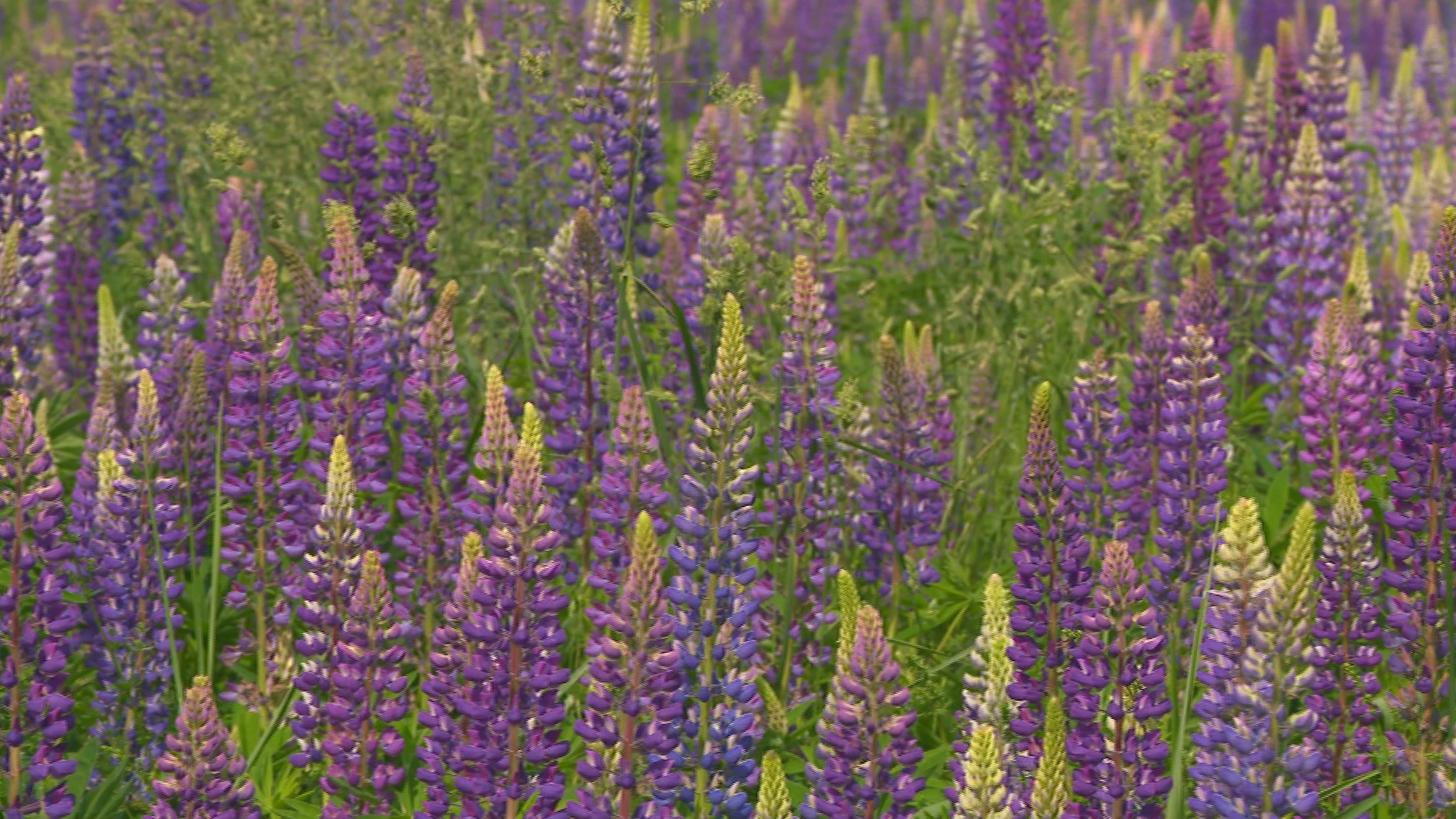MAINE, USA — Mainers and tourists alike love the Lupines they see in fields and along the sides of the roads that run through the state. Photographers go into a frenzy when the blossoms are at their peak, but Maine's beloved flower is not native to Maine, making it controversial.
"So, this Lupine showed up in the state in larger proportions around 1950," Emily Baisden, seed program director with Wild Seed Project, revealed. "The story of Miss Rumphius that a lot of us grew up reading as children, there actually was a person in kind of midcoast Maine that would spread Lupine seeds. She really loved this plant, and that's kind of where it started spreading along roadsides, and you saw it spread really quickly."

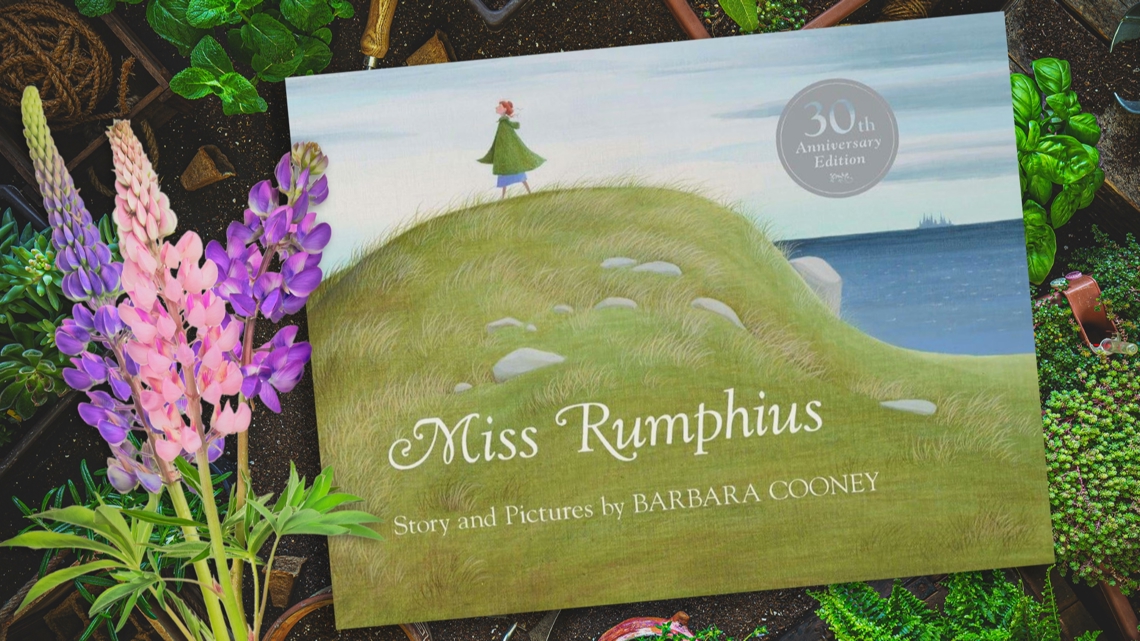
Behind the beauty are some ugly facts.
“It’s shown to somewhat out-compete some of our native species. Things like common Milkweed, and out-compete some of our important native plants for pollinators and things like the Monarch butterfly that requires the Milkweed and is now endangered,” Baisden explained.

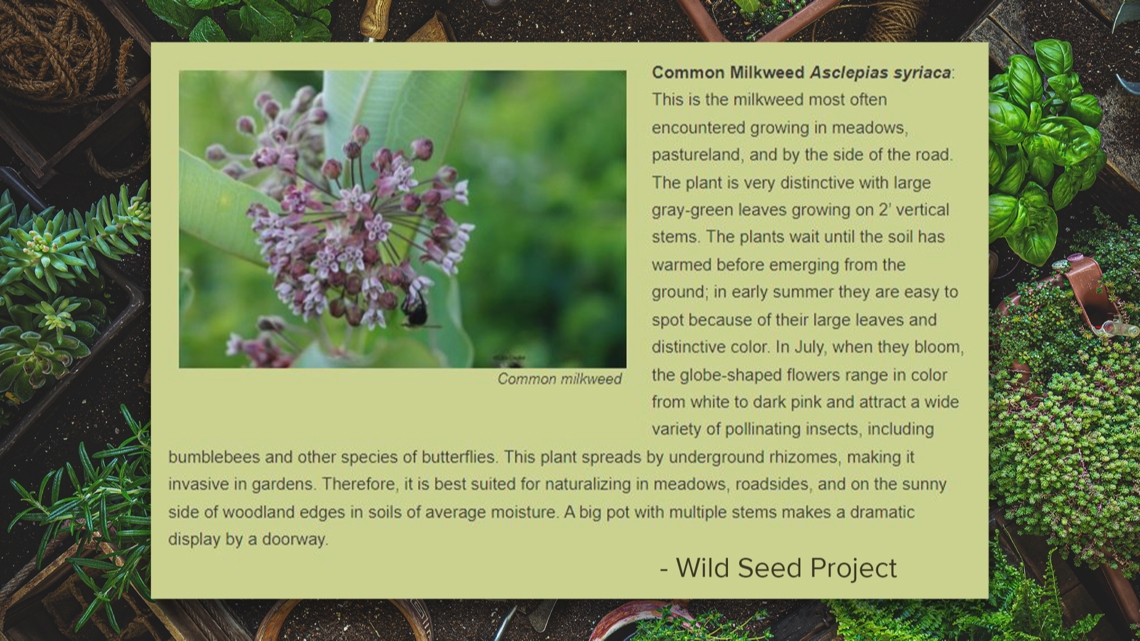
While it seems that Lupine (Lupinus polyphyllus) is here to stay, controlling the plant is an option.
“Our management plan for this field is really to mow after it blooms so the plant can’t go to seed. It can’t continue to spread as well and allow some of our later season plants like Golden Rod to be able to still grow up,” the seed program director explained as she stood in the middle of a Lupine field to be interviewed by Gardening with Gutner.

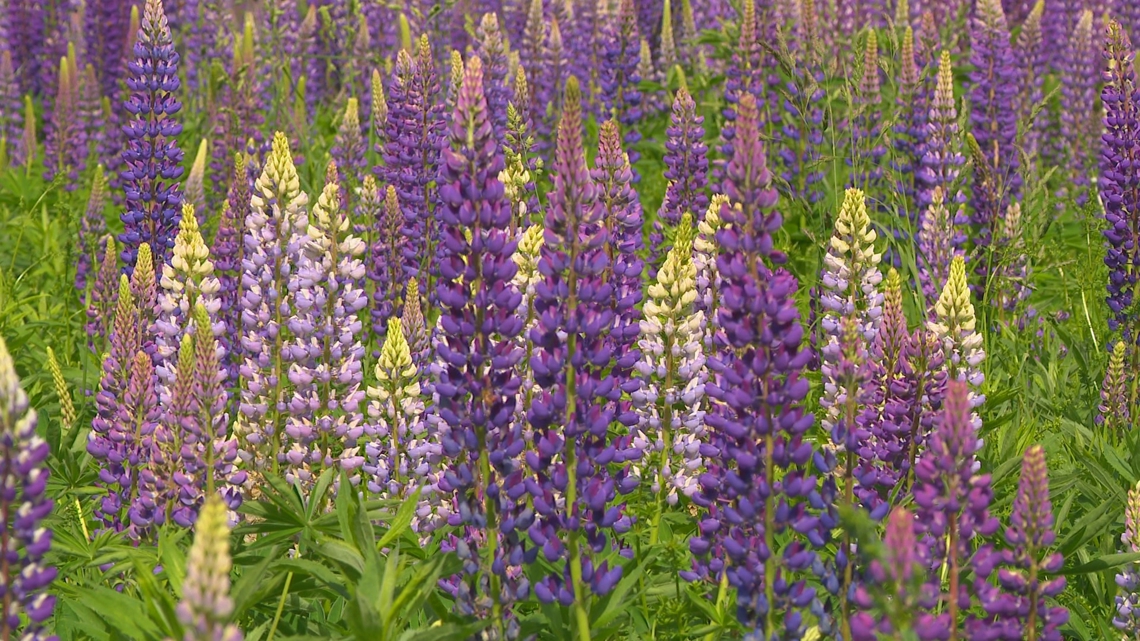
According to Baisden, native Lupine (Lupinus perennis) is considered expatriated, or locally extinct, from the state. The state reports that the rare plant has been documented to only be found in three counties: Aroostook, Knox, and Oxford. Baisden took Gardening with Gutner to a private garden where the native plant was thriving.

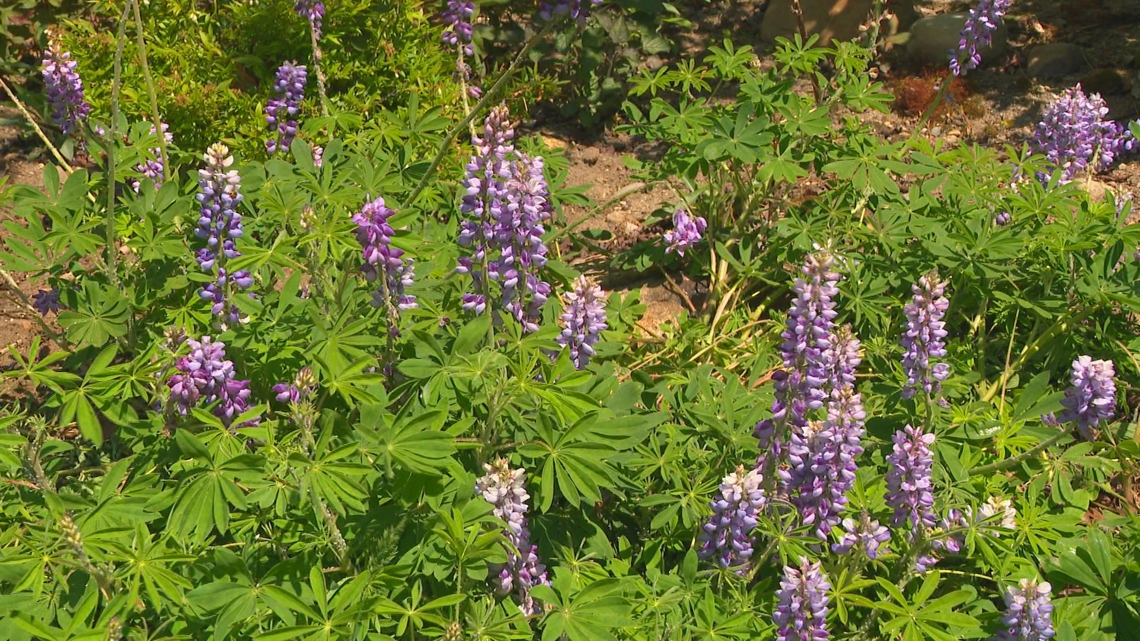
“Right off the bat you can see a lot of differences in this plant. It’s much shorter. It’s racemes or flower stalks are much smaller and much lighter blue generally speaking. It can have some variation. In large contrast to the Lupine we saw previously, the big leaf Lupine, their leaves are a lot smaller, and if you count the leaflets there tends to be much fewer,” Baisden demonstrated.
While non-native Lupine is pushing out other native plants, it is not pushing out our native Lupine. Loss of land bears the responsibility for that.
“So the big reason comes down to habitat loss and habitat loss through fire suppression. So a lot of our natural habitats use to have fires come through,” Baisden revealed.
“Forest fires, brush fires,” Gardening with Gutner host Todd Gutner interjected.
“Exactly. Exactly. And that’s what maintained the blueberry barrens, the sand plains, and kept this well-drained dry gravely soil that these sort of plants require. And when you lose that sort of management, you lose all the plants that need it,” Baisden said.
And when you lose plants there is a biodiverse side effect.
“The Karner Blue Butterfly is an endangered species of butterfly that the caterpillar can only feed on the leaves of this Lupine species and it cannot feed on any others,” Baisden explained.

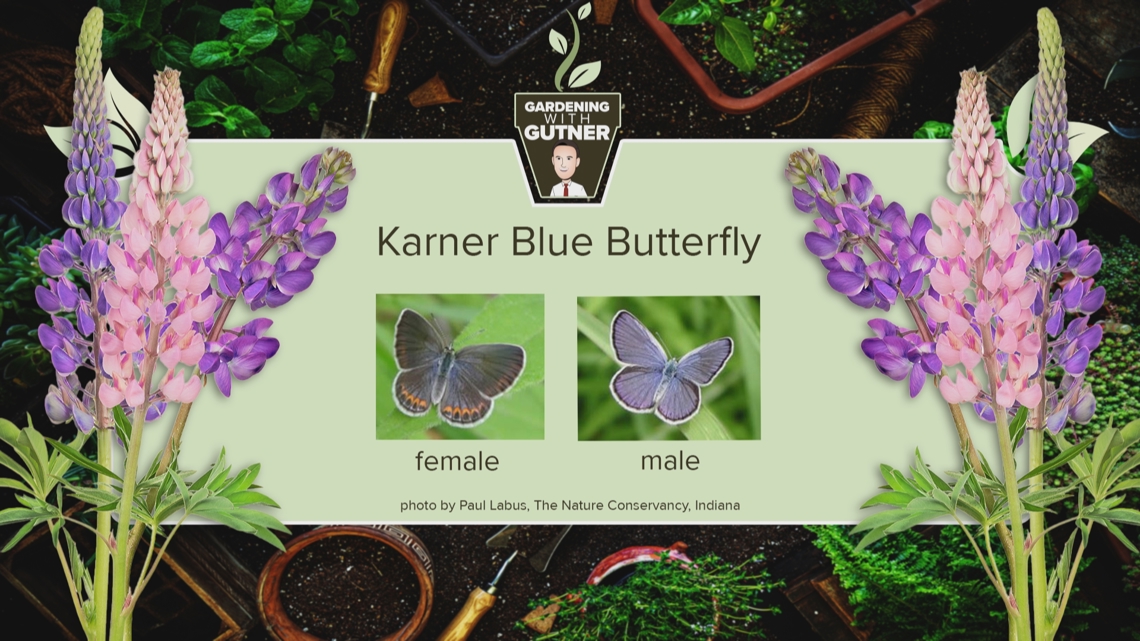
If you want to try to grow native Lupine in your garden, you can buy seeds from Wild Seed Project. If they are sold out, you can sign up to be notified when they are in stock. If you don’t get your seeds from Wild Seed Project, Baisden recommends buying from a reputable grower like the Native Plant Trust. Growers who can give non-hybrids and true species seeds.
RELATED: The basics of growing grass
Lupine is sold by all greenhouses for gardeners who want the showy flower in their garden. This Lupine has been specifically bred for consumers.
“They come in whites, pink, yellows, blues. You know, bi-colors. A tremendous amount of breeding has gone into a lot of these,” Tom Estabrook of Estabrook's Greenhouse in Yarmouth said.
The greenhouse owner had some suggestions on the care of newly planted Lupine in the garden.
“We kill them with kindness.” Estabrook joked. “We treat them really well. We enrich the soil. We make them happy. Lupine are a nitrogen fixing plant. So they add nitrogen to the soil."
So we don’t need to add a lot to them. Just a little bit of compost," he recommended. "You know, to make sure we have enough nutrients to get them established the first year. Keep them moist."
The greenhouse owner also suggests planting annuals near the Lupine because when the plant goes dormant, it will still get hydration from the watering of the annuals.
To cultivate the plant from seed, Estabrook says it needs stratification or a period of freezing that cracks the exterior of the pod.
Lupine is a favorite with Mainers and it’s here to stay. Grow some native Lupine in your garden or cut back established non-native plants before they go to seed. Taking these steps can perhaps ease your conscience about your love affair with these eye-catching flowers.

